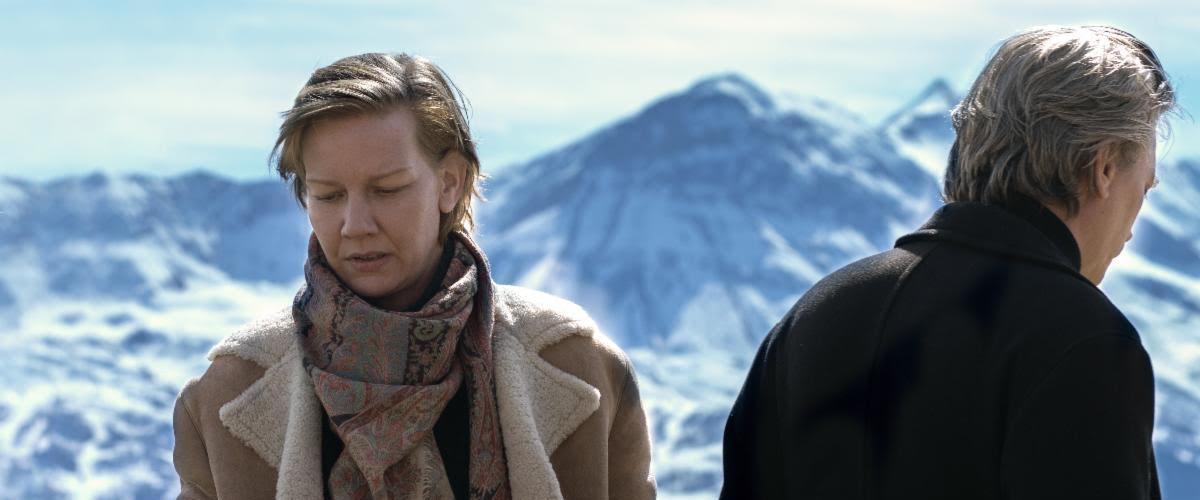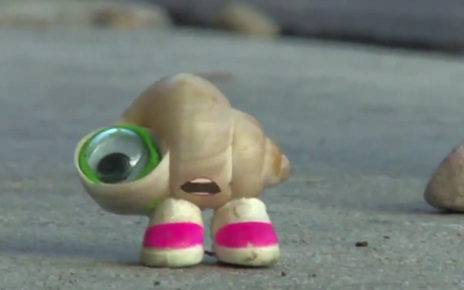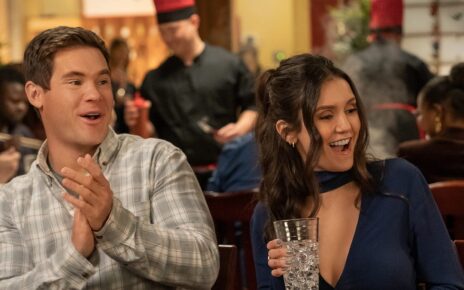Can a relationship be represented by any single day, conversation, or event? Can it be defined by an affair? A weekend away? A fight? Is there ever one (1) single moment in a long-term relationship where one can point to and say, “YES! That was it! That’s exactly what this relationship is about!” We think we know these things. Maybe we define them by a glance or a touch or a gift or a small sacrifice, but do we really? Can we necessarily conclude that such-and-such relationship is defined by their last argument, shared night out, or romp in the sack? Almost certainly not, and that is the point of Anatomy of a Fall, where a potential murder becomes a referendum on a relationship … a relationship that can hardly be defined by just the fall that kills one of the partners.
Sandra Voyter (Sandra Hüller), her husband Samuel Maleski (Samuel Theis), and their vision-impaired child Daniel (Milo Machado-Graner) all live in a scenic chalet in the French alps. This is of those places that people envy to high heaven until they actually live there and realize it’s cold, awkward, and snowy miles from anywhere of use. Yeah, it’s great if you’re on your honeymoon, but the charm wanes significantly afterwards.
Sandra, a published author, is giving an interview in the lowest floor of the house when (presumably) Samuel starts blasting “Pimp” by Baco Rhythm & Steel Band on repeat. Sandra gives the equivalent of an extended eyeroll and cuts the interview short. Daniel walks the dog in the snow. When Daniel returns, Samuel is lying on the ice, having fallen to his death from one of the upper perches of the house. And here comes the $64,000 question, er, the 64,000 Franc question. Wait, it’s Euros now, huh? Lemme do a conversion … the € 59.770,24 question: was this murder or suicide?
The rest of the film is essentially a court procedural, albeit French style. The relevant details I can reveal without penalty are that Sandra is German, Samuel is French; they spoke English at home as a compromise. Sandra seemed more-or-less content with her life. Samuel not so much.
Part of the procedural delves into the background of Daniel, who was not born sight impaired. This is either critical information or a complete red herring depending on how you view this material with respect to the accident. It is worth note that this particular case contains exactly one (1) incident -which lasted all of two seconds, if that- and one (1) suspect. And the film runs 151 minutes covering the psychology of everybody involved.
material with respect to the accident. It is worth note that this particular case contains exactly one (1) incident -which lasted all of two seconds, if that- and one (1) suspect. And the film runs 151 minutes covering the psychology of everybody involved.
The burden both on the screen and in the plot belongs to Sandra. Being middle-aged attractive and stoically German, she comes off as both the voice of reason and a possible killer at the same time, which is a neat trick. There’s a true balancing act going on in her performance, as she maintains innocence 24/7 yet has to appear just callous enough to keep the audience guessing about her motivations.
Anatomy of a Fall isn’t exactly fun or chilling or thrilling or mysterious. It’s a thought-piece on the psychology of murder. Is a verified liar a verified killer? Why or why not? And what constitutes a relationship? Are you only a strong as your last couples’ fight? While I enjoyed the film, I couldn’t help noticing what’s missing. And there are some significant portions missing: 1) another suspect, which might lead to 2) an alternative theory 3) A genuine piece of hard data leading to literally anything and lastly -and most important- 4) the reveal. What was the genuine truth? That is the director’s secret and it’s for Justine Triet and Justine Triet alone.
There once was a woman named Sandy
Whose husband was very demand-y
One day he fell
Without tale to tell
Now whom should be reprimand-y’d?
Rated R,151 Minutes
Director: Justine Triet
Writer: Justine Triet, Arthur Harari
Genre: Are we going to rehash this again?
Type of being most likely to enjoy this film: Psychologists
Type of being least likely to enjoy this film: Detectives



